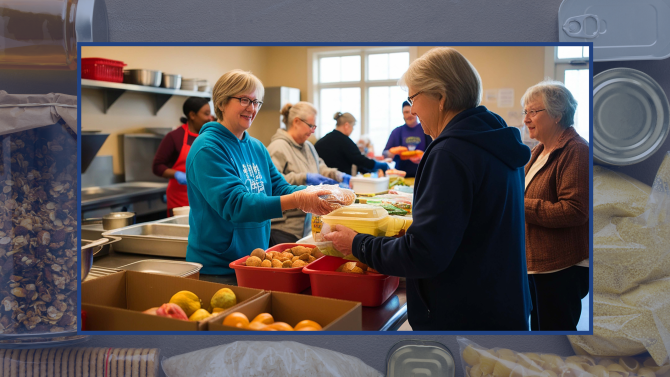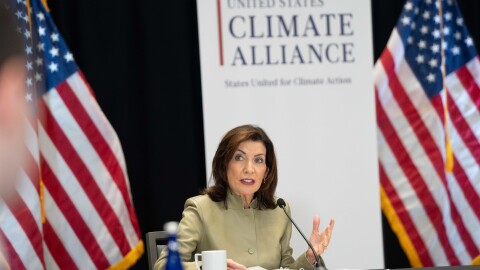Alaska Airlines is the latest airline to ground its planes because of an IT meltdown. We talked to industry leaders about why these systems fail, and what airlines can learn from past disruptions.

Connecting our community with local pantries, soup kitchens, and emergency assistance across the region.
-
Our most-viewed Instagram videos include reports from a Rhode Island factory that makes special food for malnourished children and from a tournament for soccer-playing "grannies."
-
America's literary highways may be plenty crowded with middle-aged runaways fleeing lives that increasingly feel like a bad fit. But Ben Markovits adds a moving tale to the collection.
-
Mysteries and thrillers are enjoyable no matter the season, but there's something extra satisfying about curling up in the winter with a warm drink and an all-engrossing read. Here's what we suggest.
-
The Trump administration wants to revamp U.S. childhood vaccination recommendations to align with some other peer nations, including one tiny country in northern Europe.
-
President Trump set the process in motion to ease federal restrictions on marijuana. But his order doesn't automatically revoke laws targeting marijuana, which remains illegal to transport over state lines.
-
Christmas: Command Performance “Christmas Special – Part 2” 12/25/44 AFRS.
-
Christmas: Command Performance “Christmas Special – Part 1” 12/25/44 AFRS.
-
Christmas: Command Performance “Christmas Eve Special” 12/24/42 AFRS.
-
New York's 22nd District Congressman John Mannion discusses his first six months in office.
-
Craig Shirley talks about his book, "December 1941: 31 Days that Changed America and Saved the World."
-
Judith Enck discusses her book, co-written with Adam Mahoney, “The Problem with Plastic: How We Can Save Ourselves and Our Planet Before It's Too Late.”
































